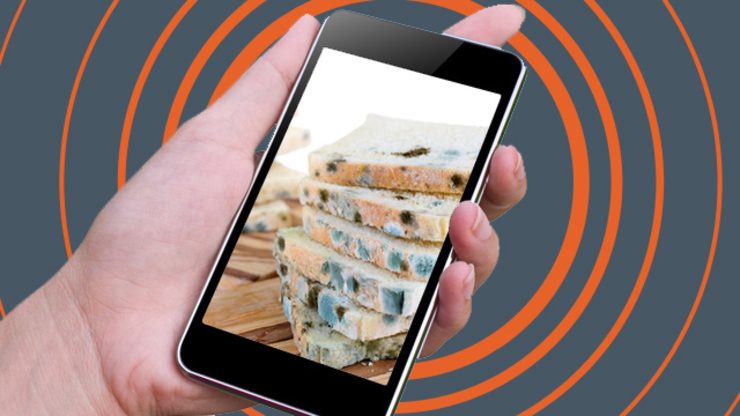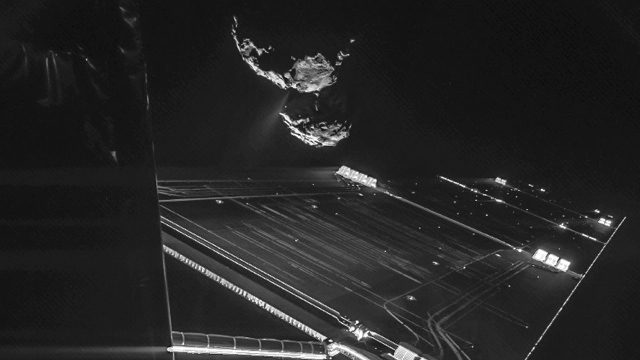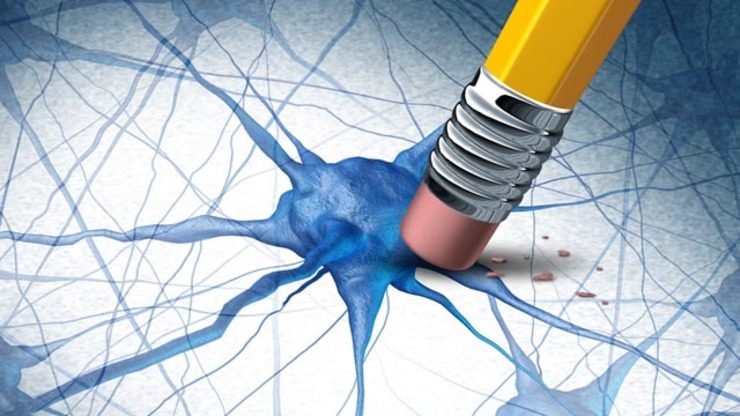SUMMARY
This is AI generated summarization, which may have errors. For context, always refer to the full article.

MANILA, Philippines – Science has had an exciting 12 months: we’ve had countless medical discoveries and breakthroughs, more and more technological advances, and heck, we even landed on a comet for the first time.
As we end 2014, we once again asked the Mind Movers – a.k.a. the resident scientists – of The Mind Museum, the country’s leading museum dedicated to science, about what they think are the most top stories in the world of science this year.
Here are the year’s top science stories, according to the Mind Movers:
Nature makes their journals free to access
Science can be stifled by requiring large fees to read scientific journals. This makes the decision of Nature to make all their articles free to view exceedingly important to science. Nature is the foremost scientific journal in the world and they are now allowing anybody to see all their articles for free.
Science is a cumulative body of work. It improves over time as scientists look at each other’s work and test them to see if they can be reproduced. Whether the results of retesting are the same or different, challenging and testing ideas improve our understanding of the world. – Garrick Bercero
Checking your food with a smartphone
Is your food expired? Let’s check it using my smartphone! Researchers from MIT have developed a wireless, inexpensive sensor that can be attached to any smartphone to detect harmful gases from food spoilage in warehouses. The device is adopted from near-field communication (NFC) tags which are similar to wireless barcodes for tracking and proximity sensing.
So far, the sensor can read one gas within 5 cm, but has been successfully tested on ammonia, hydrogen peroxide, and cyclohexanone, among others. Applications of this technology can be expanded to identify other environmental pollutants and integrated in “smart packaging” for customers to detect food contamination. – Carlie Dario
Comet probe poses question on Earth’s water

This year, scientists from the European Space Agency (ESA) landed a probe on a comet for the first time in history. The Rosetta spacecraft, which the ESA launched in 2004 to “catch a comet,” was named after the famous Rosetta Stone, which played a critical role in deciphering ancient Egyptian hieroglyphics. It was hoped that by analyzing the water in comets, scientists would decipher the origin of water on Earth.
The plot thickened when data from the Philae lander showed that the comet’s water has different characteristics from the Earth’s. This result casts doubts on theories that suggest most of Earth’s water was delivered by comets. – Pecier Decierdo
Old brains restored by young blood

A new study by Stanford University has shown that the blood of young mice can restore the mental capacities of old mice.
Aging naturally produces changes in the brains of both mice and humans. This leads to memory loss and the inability to form new memories. When the old mice were subjected to memory tests, the control group did poorly compared to the group that was given blood infusions from young mice. The latter group also produced more new nerve cells and neural connections.
The researchers now plan to identify the compounds responsible for these effects and to conduct tests on humans. If successful, these trials can spell a breakthrough for the therapy of dementia. – Erin Mercado
Superconducting at room temperature
Scientists in Germany have kept a piece ceramic in a superconducting state in room temperature. Superconducting materials can change a lot of things that relies on electrical power. When a material is superconducting, the resistance becomes zero and this allows electricity to flow without any power loss.
In order to achieve a superconducting state, scientists needed to supercool materials at negative temperatures in the Celsius scale. But physicists from Max Planck hit a ceramic called yttrium barium copper oxide (YBCO) with an infrared pulse which increased its superconductivity for a fraction of a second in room temperature (around 28ºC). – Uzziel Perez
Hacking photosynthesis

Plants are the solar panels of the Earth. All the energy that organisms use to function stems from the sunlight captured by plants.
To change sunlight to energy, plants use an enzyme called RuBisCo which helps turn carbon dioxide into sugar. It does the job, but it’s rather inefficient in terms of how much carbon is produced.
Using the faster version of RuBisCo from cyanobacteria, scientists were able to increase the speed of conversion from carbon dioxide to sugar. It may be baby steps, but this can be the beginning of an increase in food production for humankind in the future. – Will Rozee
Life without DNA or RNA?

In a world first, scientists were able to synthesize an XNAzyme, enzymes made from artificial nucleic acids or Xeno Nucleic Acid (XNA), similar to DNA and RNA. These artificial genetic materials are made from the same nucleotide bases in DNA and RNA, but differ in their sugar backbones, not found in nature.
The study shows that DNA or RNA aren’t the only molecules capable of storing genetic information and catalysis. It also suggests that DNA or RNA may not even be a prerequisite for life, and opens the possibility that life on other planets could evolve from a different set of molecules, having a different set of biochemistry altogether. – Hannsen Tan
No way?! ‘Black Death’ still here?
Medieval Europe was shaken when more than half of their people fell to death by the Bubonic Plague or The Great Plague. After centuries of advanced medical technology, we have no reason to fear right? Well, the Black Death is still here – not as threatening as before, but it has been gaining attention in places like Peru, America, China, and Africa – particularly Madagascar.
Scientists recently discovered that the Black Death strain is genetically similar to the strains found today. This breakthrough may prove that the cause of millions of deaths then was not that the bacteria Yersinia pestis was dangerous but could simply be the fact that humans were unhygienic and dirty. – Artha Ting
Band Aid of the future

VetiGel is a plant based polymer that works like Lego blocks because it helps activate the blood’s natural clotting process. Recall that blood is like a wave that most nutrients and oxygen hitch on in order to deliver daily needs all throughout the body. If one loses too much of it, it could prove to be fatal.
The product helps stop significant bleeding in a matter of seconds and is about to start selling in veterinary clinics in the United States. Suneris, the company who created VetiGel is hoping that it will soon be FDA approved for use of humans. Bloomberg News has tagged it to become the “Band Aid of the future”, and not just for superficial wounds but also for the treatment of burns and regeneration of organs. – Asia Urquico
A cure for Alzheimer’s?

This is what we all fear – that we lose our own sense of who we are even before we die. This is what Alzheimer’s disease does. Stanford scientists think that they have discovered a very promising cure for the disease. They found that there is a kind of brain cell called microglia that naturally cleans the debris in our brains. These debris causes plaques and inflammation which eclipse the connections in our brains, resulting in memory loss.
They found that as we grow older, a protein called EP2 stops microglia from doing. When the scientists blocked this EP2 in mice, microglia stepped back into doing its job and reversed the symptoms of Alzheimer’s in mice. – Maria Isabel Garcia
You can also check out last year’s list here. How about you: What are your top 10 science stories for 2014? – Rappler.com
(Images courtesy Shutterstock: 2 (here and here), 4, 6, 10; #9 image courtesy Vetigel)
Add a comment
How does this make you feel?
There are no comments yet. Add your comment to start the conversation.